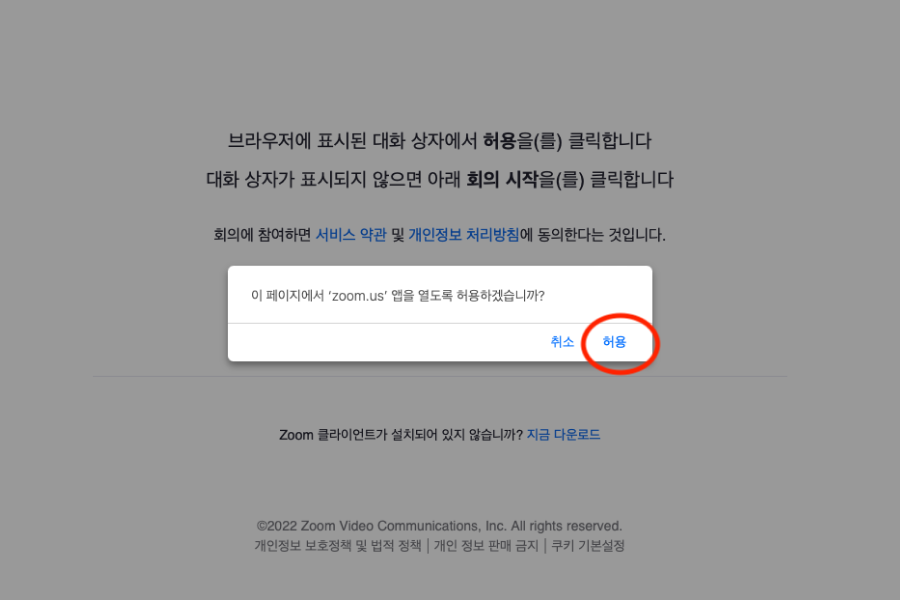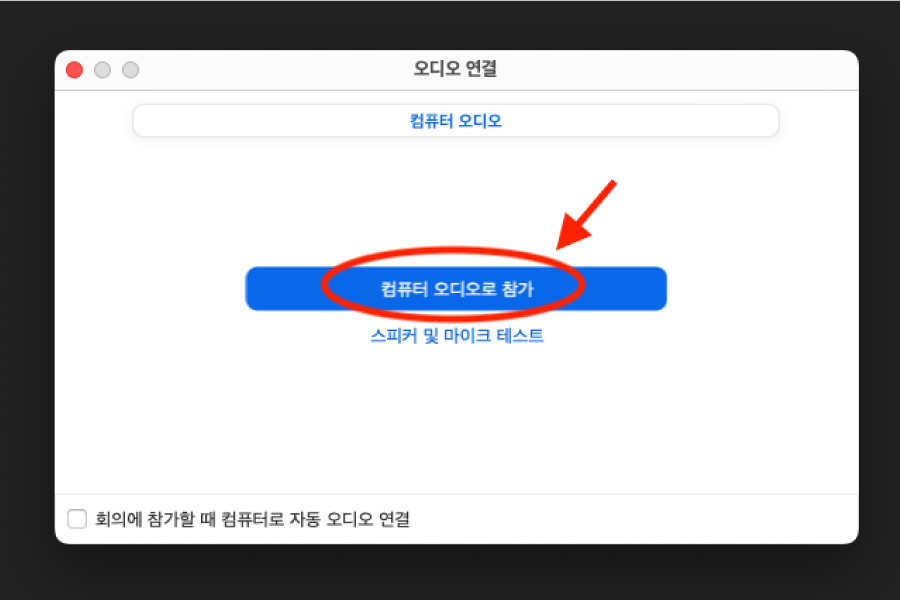Generally speaking, pipeline spans are caused by a variety of seabed features, the most common of which is an uneven seabed on the selected route. The route for HDPE pipeline was trenched and leveled before installation. Seabed features are not main factor of making span, but the concrete collars. It inevitably makes spans between them.
The allowable span lengths are calculated to maintain the pipelines within the allowable stress limit and to prevent the onset of vortex induced vibrations (VIV).
That is to say, we have to check the allowable span to keep the pipeline integrity in terms of static and dynamic analysis. It is called free-span analysis.
These analyses were also performed by DNV standards. And you can see the flow diagram showing its procedures.
Slide 11
This is the result of the analysis.
VIV is relatively doing less effect to the length of span compare to the static stress.
In case of large diameter of HDPE pipeline, the VIV check could be skipped for future.
Slide 10
Generally speaking, pipeline spans are caused by a variety of seabed features, the most common of which is an uneven seabed on the selected route. The route for HDPE pipeline was trenched and leveled before installation. Seabed features are not main factor of making span, but the concrete collars. It inevitably makes spans between them.
The allowable span lengths are calculated to maintain the pipelines within the allowable stress limit and to prevent the onset of vortex induced vibrations (VIV).
That is to say, we have to check the allowable span to keep the pipeline integrity in terms of static and dynamic analysis. It is called free-span analysis.
These analyses were also performed by DNV standards. And you can see the flow diagram showing its procedures.
Slide 11
This is the result of the analysis.
VIV is relatively doing less effect to the length of span compare to the static stress.
In case of large diameter of HDPE pipeline, the VIV check could be skipped for future.
Slide 10
Generally speaking, pipeline spans are caused by a variety of seabed features. The most common of which is an uneven seabed on the selected route. The route for HDPE pipeline was trenched and leveled before installation. Seabed features are not a main factor (of) in making span, but the concrete collars. It inevitably makes spans between them.
The allowable span lengths are calculated to maintain the pipelines within the allowable stress limit and to prevent the onset of vortex induced vibrations (VIV).
That is to say, we have to check the allowable span to keep the pipeline integrity in terms of static and dynamic analysis. It is called free-span analysis.
These analyses were also performed by DNV standards. And you can see the flow diagram showing its procedures.
Slide 11
This is the result of the analysis.
VIV is relatively doing less effect to the length of span compare to the static stress.
In case of large diameter of HDPE pipeline, the VIV check could be skipped for future.







